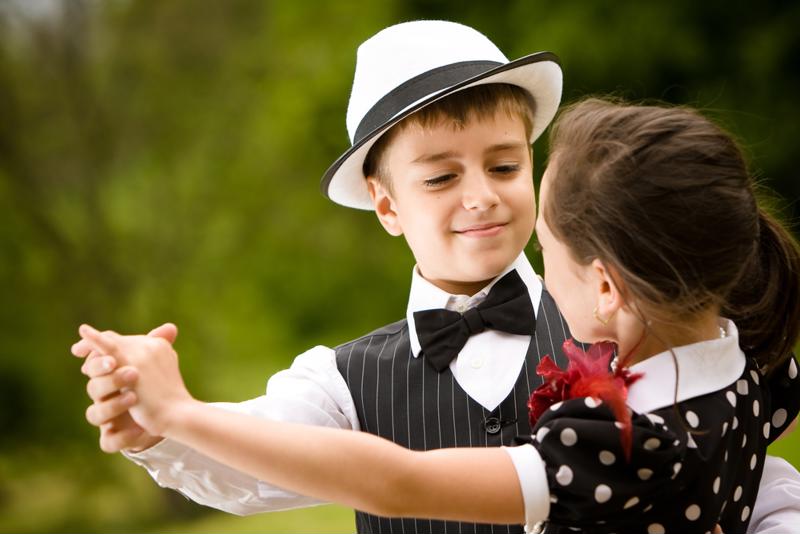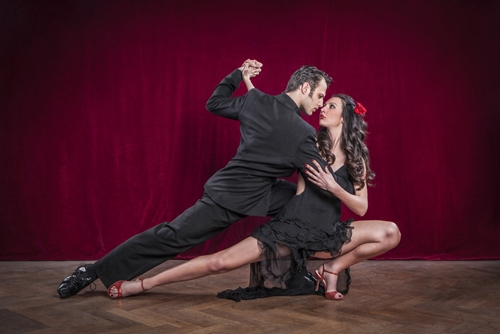Chemistry is an essential part of many dance performances, especially duets. However, it’s a little bit like musicality – difficult to explain and even harder to teach. After all, many people might say that dance chemistry can’t be learned, it just has to be felt.
That’s not entirely true though. Talented dancers can figure out ways to amp up the sizzle when performing with a partner. It just takes time and lots of practice. Here’s what dance teachers should know about improving on-stage dance chemistry between their students.
What Qualifies as Good Chemistry?
So what exactly is “good chemistry”? Well, similar to musicality, it’s something that you know when you see it. When a dyad can work seamlessly and dance effortlessly together, that’s chemistry. However, contrary to popular belief, there don’t have to be any romantic feelings between the partners for them to have that special connection. Trust and mutual respect are often the key components of believable on-stage chemistry.
Some past performers on “So You Think You Can Dance” explained you can create natural chemistry by drawing from real life experiences. Hear what they had to say in the video below.
[wpsm_video]https://www.youtube.com/watch?v=Z8XDbmQVoy4[/wpsm_video]
Tips to Improve Dancers’ Connections
When you first pair up dancers to perform together, they’ll probably feel a little awkward. That’s completely natural, as it can be uncomfortable to let someone into your personal space. However, it’s your job to work with them to establish the levels of trust and comfort necessary to create believable on-stage chemistry.
“Encourage your dancers to get to know one another.”
The first step toward better dance chemistry is often for dancers to get to know one another. Encourage the performers to talk about the performance and what they hope to get out of it. Fostering open lines of communication will help the pair feel more at ease with their performance.
Next, your dancers will need to get comfortable dancing in tandem and feeding off one another’s energy. Dance magazine explained that your students will need to be comfortable making eye contact if they want to give a great performance.
“Establishing eye contact is the biggest thing—it’s all in the eyes,” Victoria Jaiani, a member of the Joffrey Ballet, explained to Dance magazine. “From the first moment of the first rehearsal we need to learn how to look at one another. It helps us breathe in the music together.”
From here, the best way to improve on-stage connection is simply to practice. The more dancers work together, the stronger their bond will be. However, it’s essential that both partners are working toward the same goal. If one member thinks he or she is better than the other or isn’t willing to collaborate, the pair may run into problems along the way.
“We have to leave our ego outside the dance studio,” Junio Teixeira, a member of the New Jersey Ballet Company, told Dance Informa. “When both dancers are trying to reach the same proposal, the partnership will reach a great level.”
 Don’t let your dancers forget about connecting with the audience.
Don’t let your dancers forget about connecting with the audience.Another Kind of Chemistry
While having a connection with one another is essential, remind your dancers not to forget about connecting with their audience. Plenty of eye contact, smiling and a general openness will make performers seems more likable to the people they’re entertaining.


